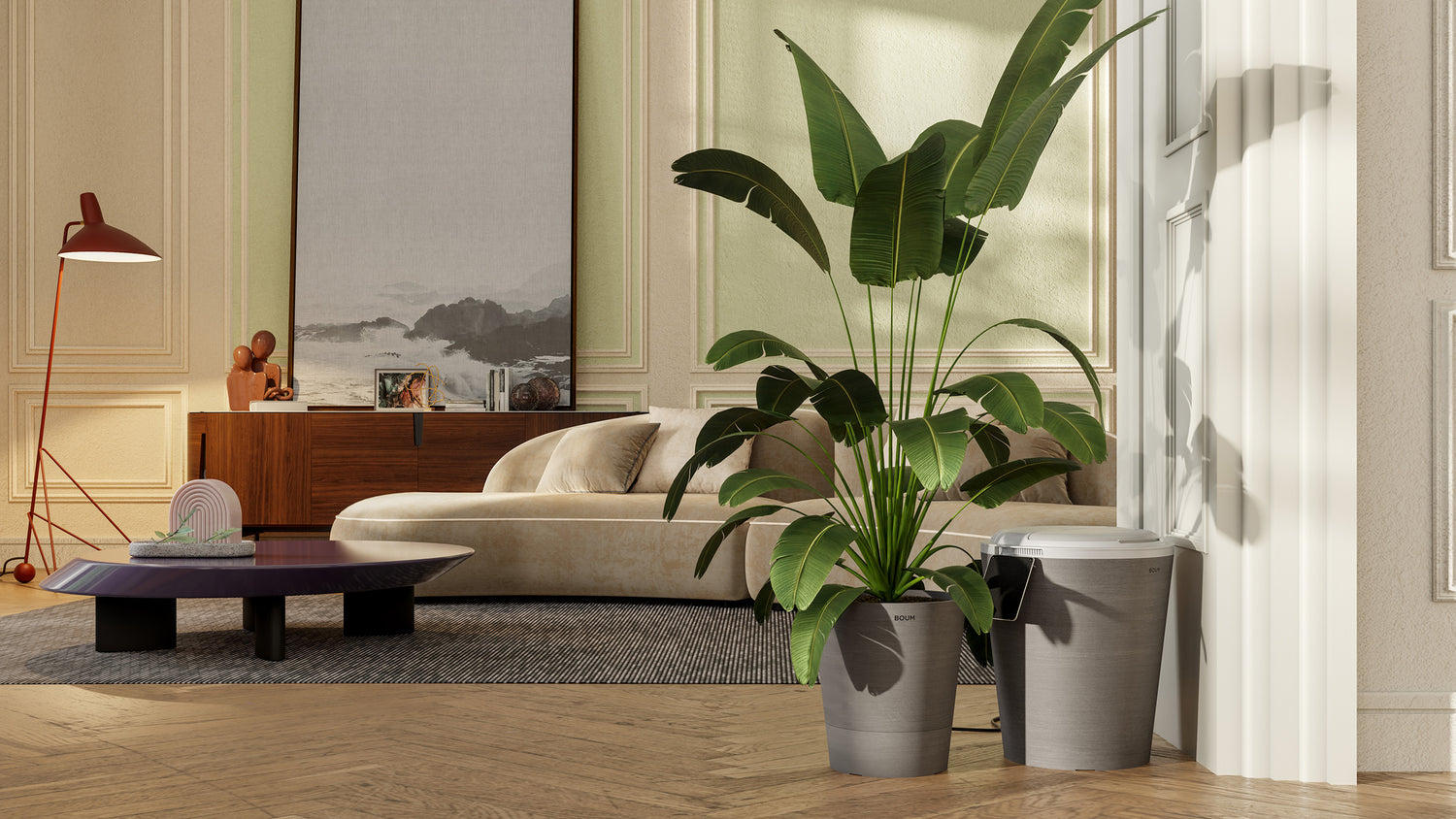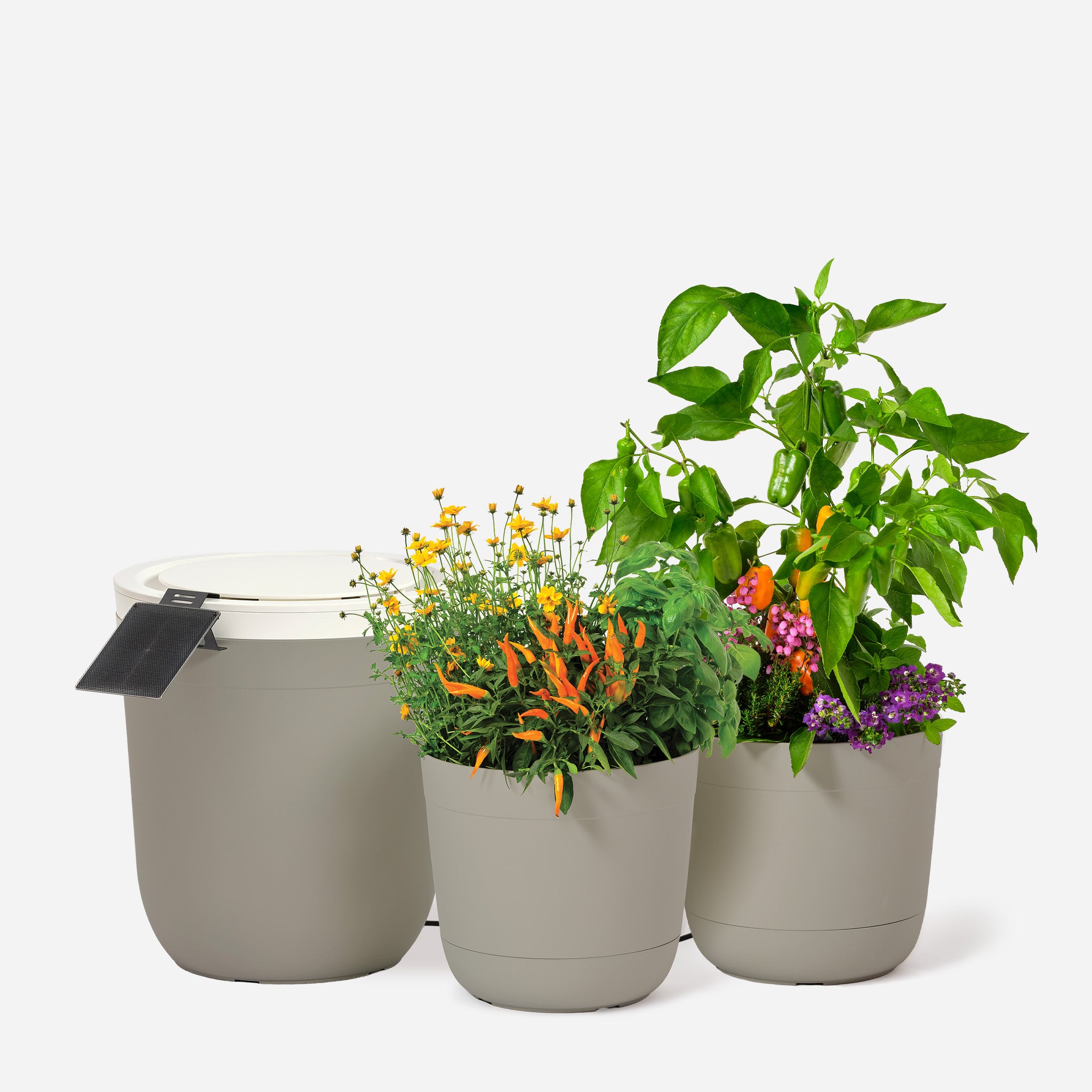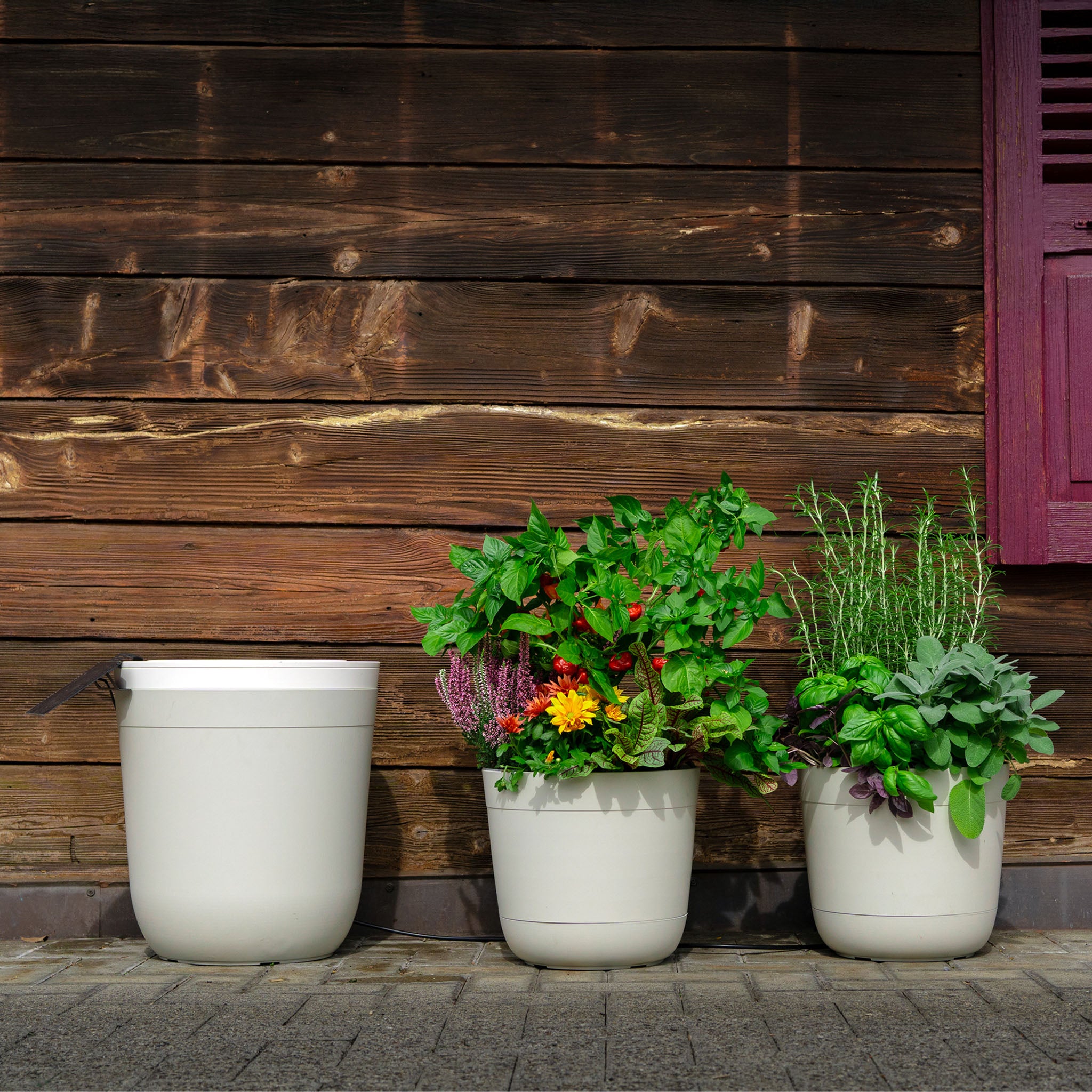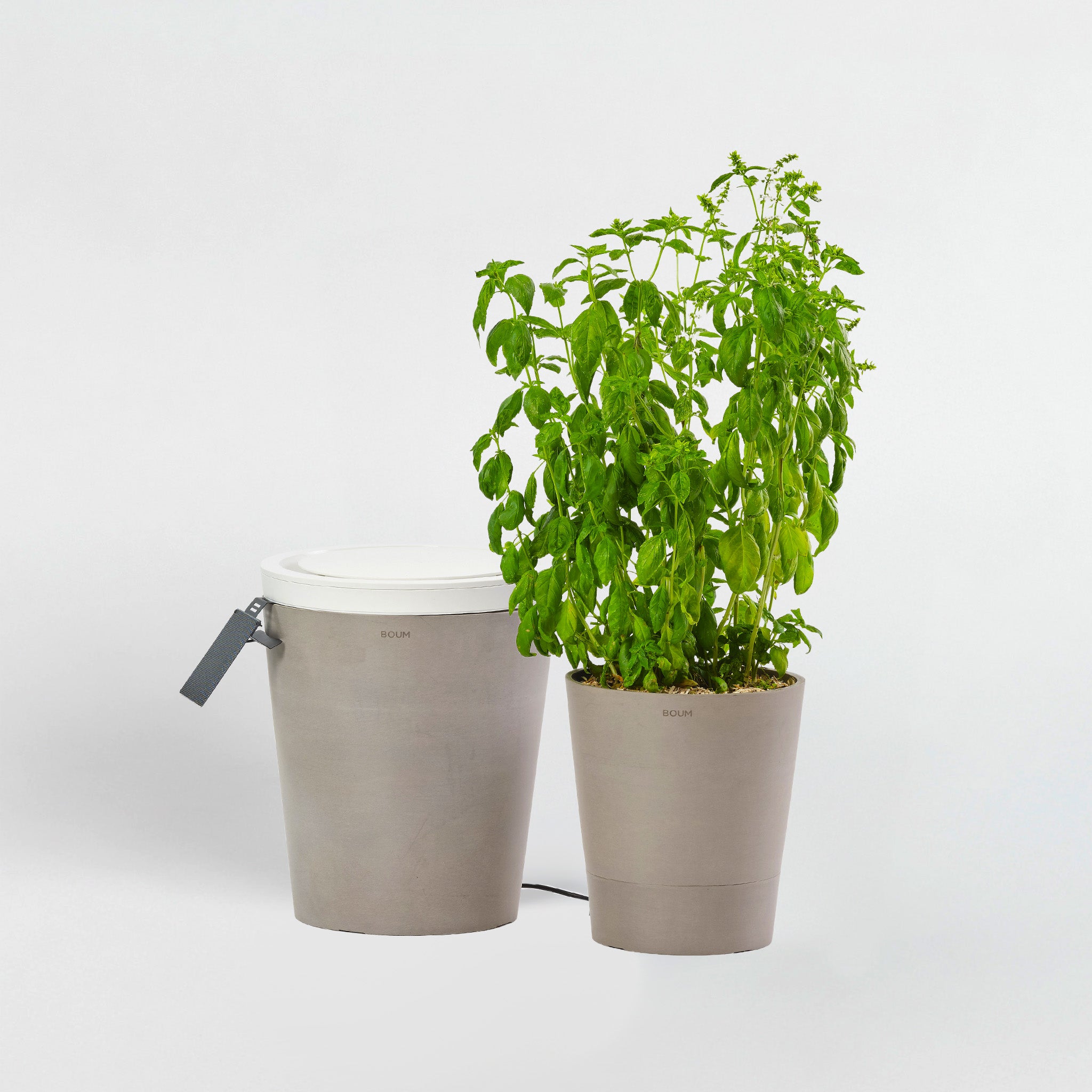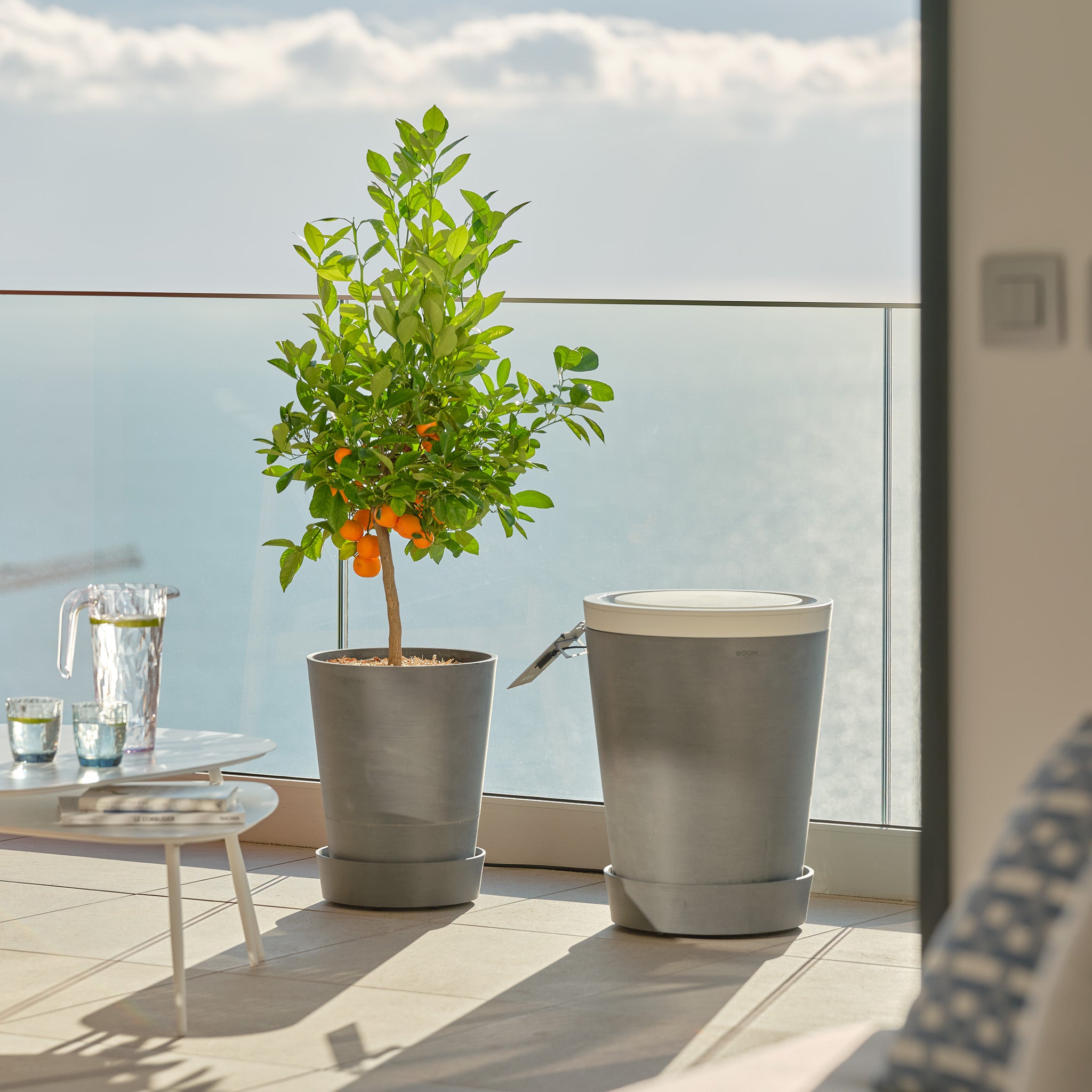How Plants Improve Our Working Environment
In the modern working world, the concept of office greening is becoming increasingly important. Companies are realizing that integrating plants into the work environment offers far more than just aesthetic benefits. In this blog post, we take a look at the scientifically proven benefits of office greening, particularly in terms of employee productivity, wellbeing and health.
increasing productivity
Several studies have shown that the presence of plants in the office can lead to increased productivity:
- Improved concentration : A study by the University of Exeter found that the presence of plants in the office can increase concentration by up to 15% (Nieuwenhuis et al., 2014).
- Increased creativity : Researchers at Texas A&M University found that employees in green offices generated 15% more creative ideas than their colleagues in plant-free environments (Bringslimark et al., 2007).
promoting well-being
Office plants have a positive influence on the general well-being of employees:
- Stress reduction : A study in the Journal of Physiological Anthropology showed that interacting with plants in the office leads to a significant reduction in stress levels (Lee et al., 2015).
- Improved mood : Researchers at the University of Technology Sydney found that the presence of plants in the office led to a 37% reduction in anxiety and a 58% reduction in depression (Burchett et al., 2010).
Health Benefits
Office greening also has a direct impact on the physical health of employees:
- Improved air quality : Plants can significantly improve indoor air quality by absorbing pollutants and regulating humidity. A NASA study identified several plant species that are particularly effective at removing volatile organic compounds (VOCs) from the air (Wolverton et al., 1989). However, the effect depends on the density of the plants - a few houseplants are rare enough to produce significant effects.
- Reduction of disease symptoms : A study in Norwegian offices found that the introduction of plants led to a 25% reduction in symptoms such as fatigue, concentration problems, dry skin and colds (Fjeld et al., 1998).
Conclusion
Incorporating plants into the office environment offers a variety of benefits for companies and employees. From increased productivity and creativity to improved wellbeing and health, office greening is proving to be a worthwhile investment. Companies that create a greener work environment can not only increase employee satisfaction and performance, but also contribute to a more sustainable and healthy working world.
references
- Nieuwenhuis, M., Knight, C., Postmes, T., & Haslam, S.A. (2014). The relative benefits of green versus lean office space: Three field experiments. Journal of Experimental Psychology: Applied, 20(3), 199-214.
- Bringslimark, T., Hartig, T., & Patil, GG (2007). Psychological benefits of indoor plants in workplaces: Putting experimental results into context. HortScience, 42(3), 581-587.
- Lee, MS, Lee, J., Park, BJ, & Miyazaki, Y. (2015). Interaction with indoor plants may reduce psychological and physiological stress by suppressing autonomic nervous system activity in young adults: a randomized crossover study. Journal of Physiological Anthropology, 34(1), 21.
- Burchett, M., Torpy, F., & Tarran, J. (2010). Greening the great indoors for human health and wellbeing. University of Technology Sydney.
- Wolverton, B.C., Johnson, A., & Bounds, K. (1989). Interior landscape plants for indoor air pollution abatement. NASA, John C. Stennis Space Center.
- Fjeld, T., Veiersted, B., Sandvik, L., Riise, G., & Levy, F. (1998). The effect of indoor foliage plants on health and discomfort symptoms among office workers. Indoor and Built Environment, 7(4), 204-209.

